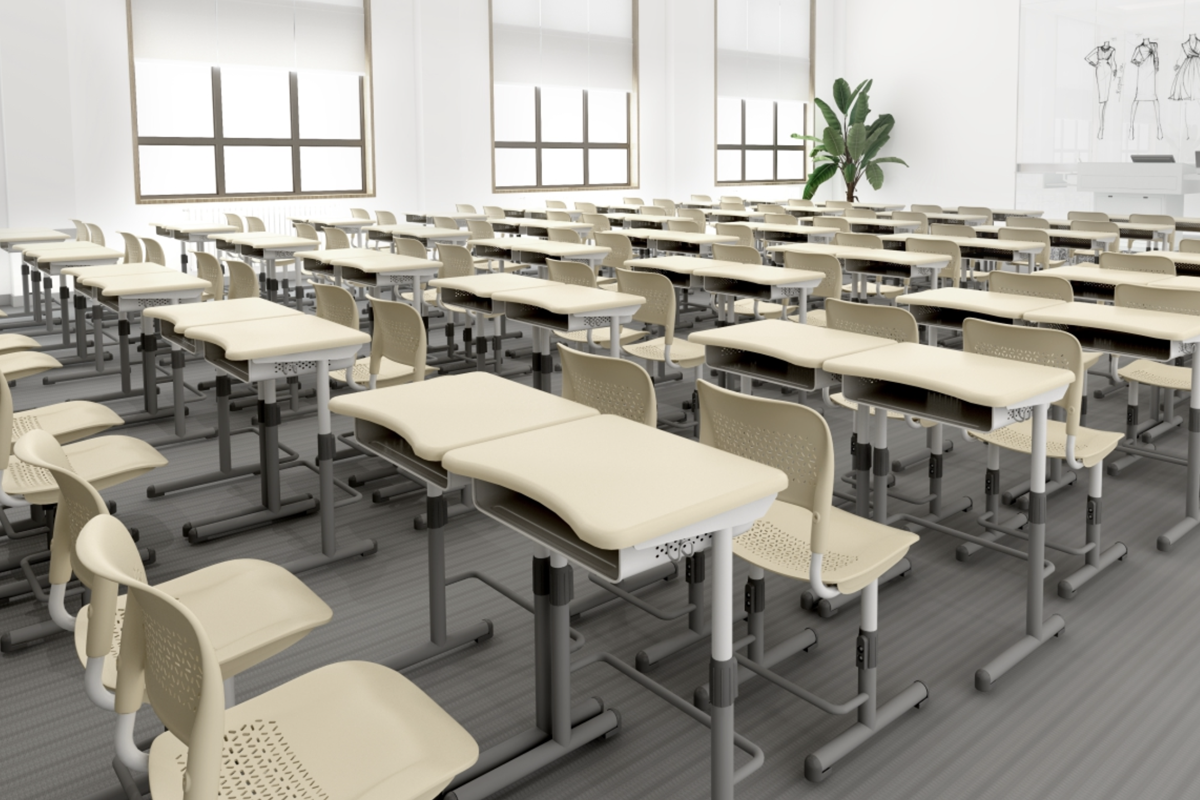1. Comfort Isn’t Just a Luxury—It’s a Learning Tool
Let’s face it: nobody thrives when they’re squirming in a school chair that feels like a medieval torture device. Ever tried taking notes while worrying your seat might collapse? I once did—during a three-hour lecture—and I spent more time plotting my escape than absorbing the material. That’s why Spring Furniture nails it with their classroom designs. Their chairs aren’t just sturdy; they’re confidence boosters. When students feel physically secure (no fear of chair-induced disasters!), their brains can finally focus on actual learning. Even in lecture halls, those fold-out desks aren’t just for lattes—they’re tiny anchors of stability, helping students zone in on the lesson instead of their discomfort.
2. Let Students Own Their Space (Yes, Even the Fidgeters)
We’ve all had that one spot we claimed as “ours” in school—the desk by the window, the back-corner throne. Turns out, that territorial instinct matters. Spring Furniture’s adjustable chairs and school desks let students tweak their setup, whether they’re a foot-tapper needing extra legroom or a lefty fighting for elbow space. But here’s the kicker: while choice is great, teachers who assign seats see a 70% drop in side chatter. Why? Because seating your class clown next to the quiet kid is like nature’s mute button. Strategic seating isn’t control-freakery—it’s crowd control for better focus.
3. Aesthetics Matter More Than You Think
Imagine walking into a classroom that feels like a gray, fluorescent-lit cube versus one with pops of color and comfy, modern chairs. Which one makes you want to stay awake? Spring Furniture’s designs get this. Their swivel chairs and collaborative tables aren’t just functional—they’re inviting. It’s like the difference between a stale office and a trendy coffee shop. Even small touches, like breathable fabric or desks that don’t squeak, add up. (Pro tip: avoid neon orange—it’s less “energizing” and more “distracting.” Trust me.)
Seating Arrangements: The Secret Sauce of Classroom Vibes
1. The Classic Lecture Setup: Not Dead Yet
Rows of desks facing the teacher might seem old-school, but they’re the OG focus hack. Front-row kids? Always raising hands. Back-row kids? Masters of the “I’m-definitely-not-on-my-phone” slouch. Spring Furniture’s school furniture solves this by ensuring even the back row has clear sightlines—no more neck-craning or squinting. Bonus: their accessible designs mean every student gets a prime view, whether they’re in a wheelchair or just vertically challenged (hey, I’ve been there).
2. Flexible Layouts: Where Magic Happens
Want to spark collaboration? Ditch the rows and huddle those desks into pods. I once saw a teacher transform her room into a “horseshoe” setup for debates—suddenly, even the shy kids were chiming in. Spring Furniture’s modular pieces make this easy. Need to switch from lecture mode to group work? Roll those desks into circles. Hosting a mini science fair? Rearrange ’em like a pro. Flexibility isn’t chaos—it’s letting the room evolve with the lesson.
3. Match the Seating to the Task
- Rows for Focus: Perfect for exams or intense lectures. Fewer distractions = fewer “Wait, what’s the question again?” moments.
- Groups for Brainstorming: Great for projects, but keep an eye on the chatty crews. (Proximity + teenagers = meme-sharing vortex.)
- Pairs for Peer Power: Pair a procrastinator with a keener, and watch the magic. It’s like peer pressure, but for productivity.
Post time: Mar-24-2025








